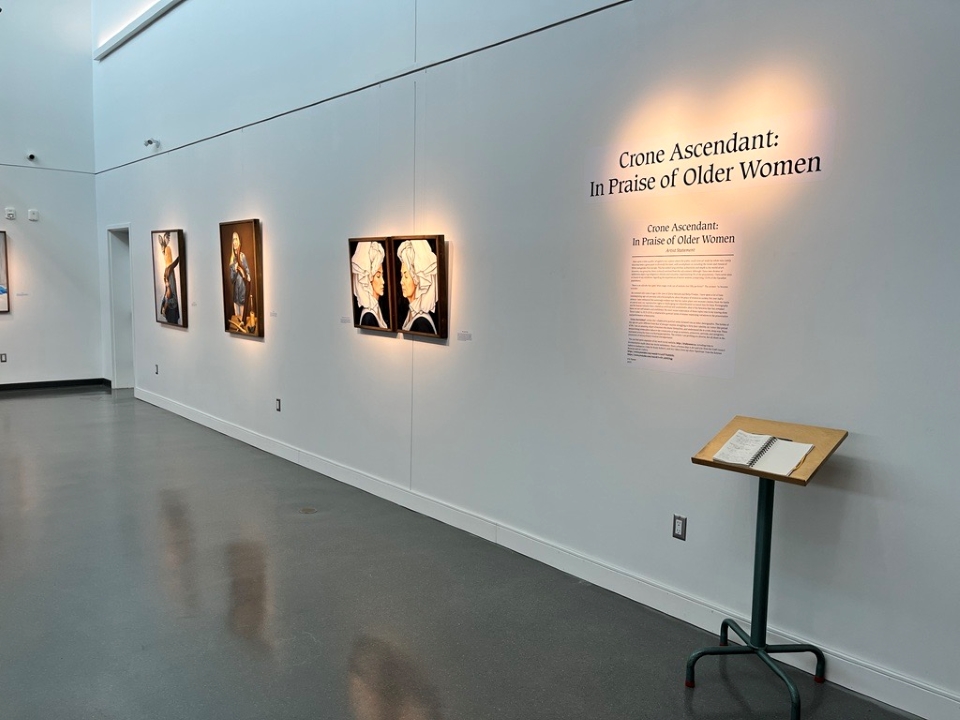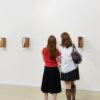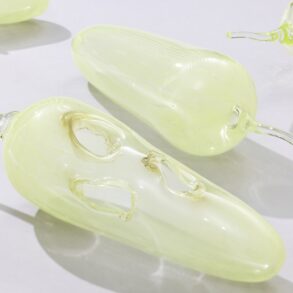
Saskatoon artist Iris Hauser will kick off this year’s Culture Days with an artist talk and live portraiture class. She will discuss her exhibit, Crone Ascendant, currently on display at the Weyburn Art Gallery.
Hauser says there are 15 portraits in the exhibit depicting older women, many of the subjects represent different women in her life.
“As an artist, I’ve always been very involved in symbolism and trying to get deeper in than what you see on the surface. I’ve tried to do each of these. I’ve also tried to be very respectful of the individual. They’re not just a series of, well, here’s this person, here’s that person. They really try to tell the story of who the person is.”
Hauser describes her art as reflective of her own experiences.
“I’ve always found painting to be a way that I explore the world and learn to understand it, the way I communicate in many ways.”
She says this exhibit reflects her current stage of life and explains how growing older has made her aware of the often negative perception of older women in society.
“There’s an old joke that goes around, what is the magic trick that every woman over 50 can perform? It is to become invisible. I certainly have found that to be very true. As soon as you hit a certain age, you really are just written off. Older women are seen as non-persons almost. Yet the ones that I know are certainly so rich and strong.”
Hauser describes the cultural influence of her work as the people who surround her. She explains how the older women in her life shaped her perception of what it means to grow old.
“They’ve got a lifetime of experience. They’re generally incredibly supportive of other people. Society would really tumble to the ground without all of the efforts of older women. All of the grandmothers that take care of their grandchildren so that their daughters and sons can pursue their own ambitions.”
She began the collection with a self-portrait reflective of her feelings in her current stage of life.
“I feel that at the stage I’m at now, I am at the absolute top of my game as a painter. I have never been as strong, as clear, as incisive, as skilled as I am now. Yet it’s much, much harder for me to get exhibition venues, for example. Everybody wants the young and hot installations, new art. They don’t really value those long years of study and exploration.”
Overall, she describes her exhibit as a “protest against the cultural negation of older women” and looks forward to sharing and being able to discuss her work.
“You have the solitary nature of sort of exploration and making the work, but then there’s the secondary one of sharing it and kind of communicating with people. You kind of wear two hats all the time as an artist.”
This post was originally published on this site be sure to check out more of their content







